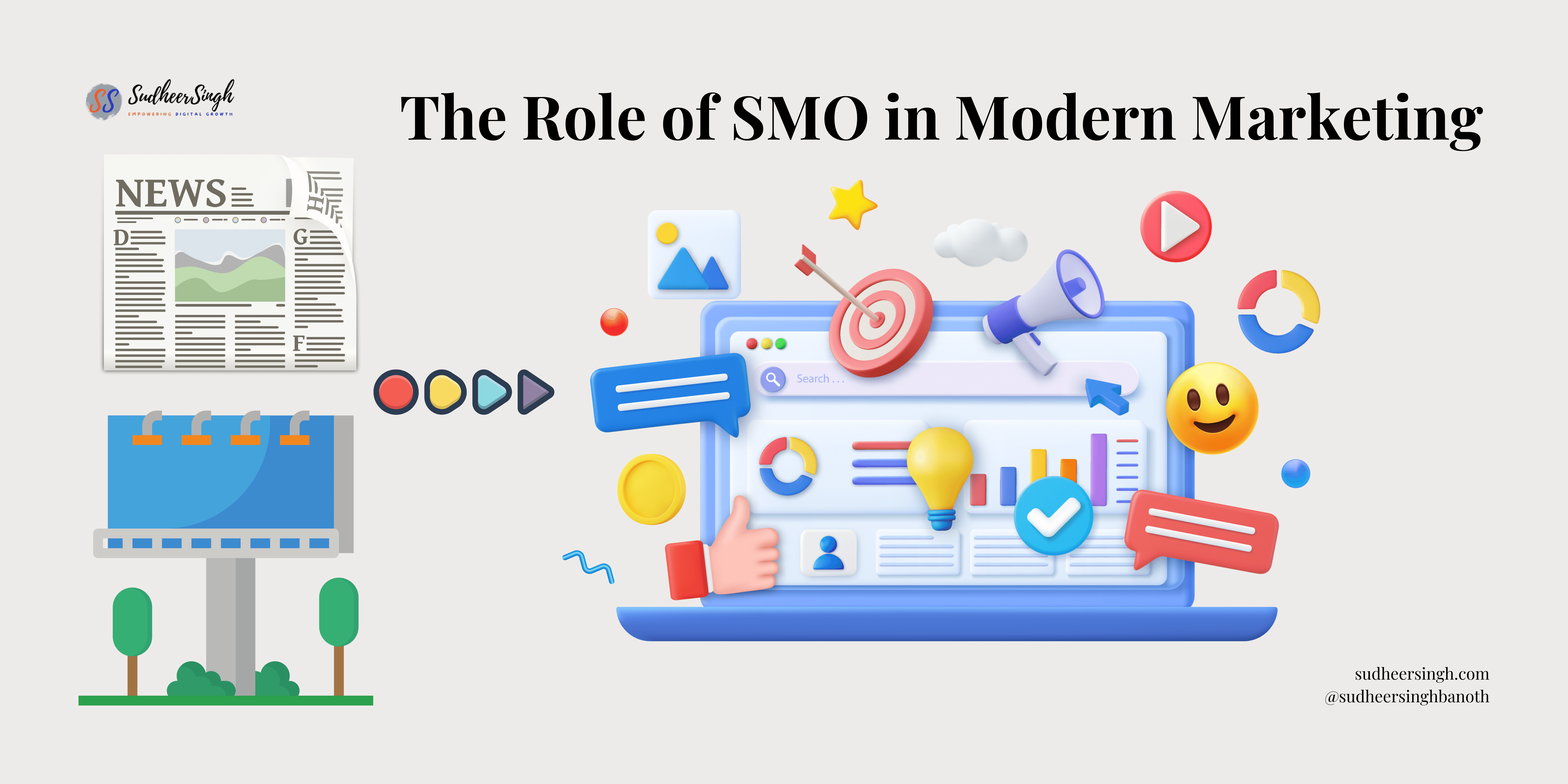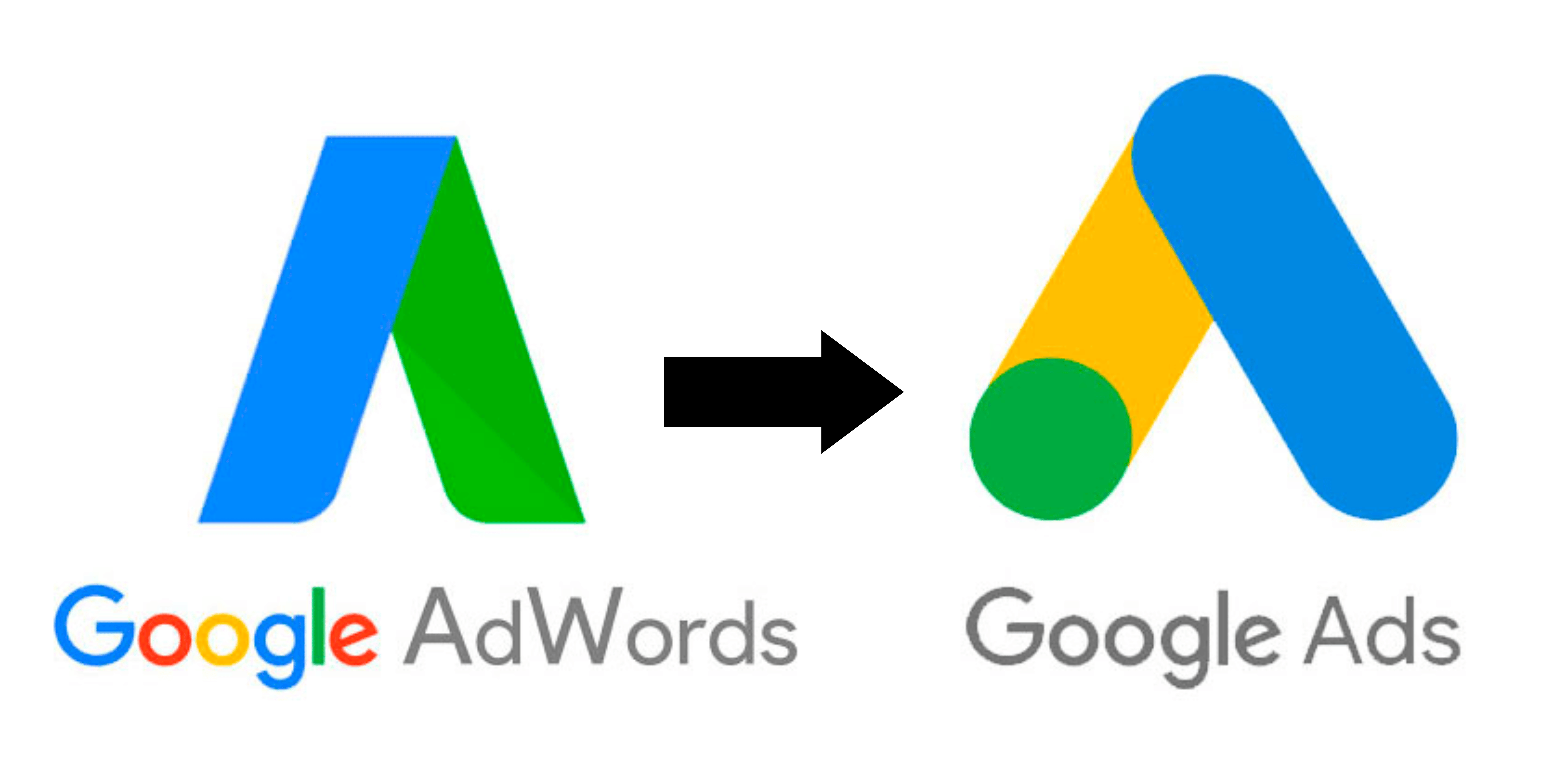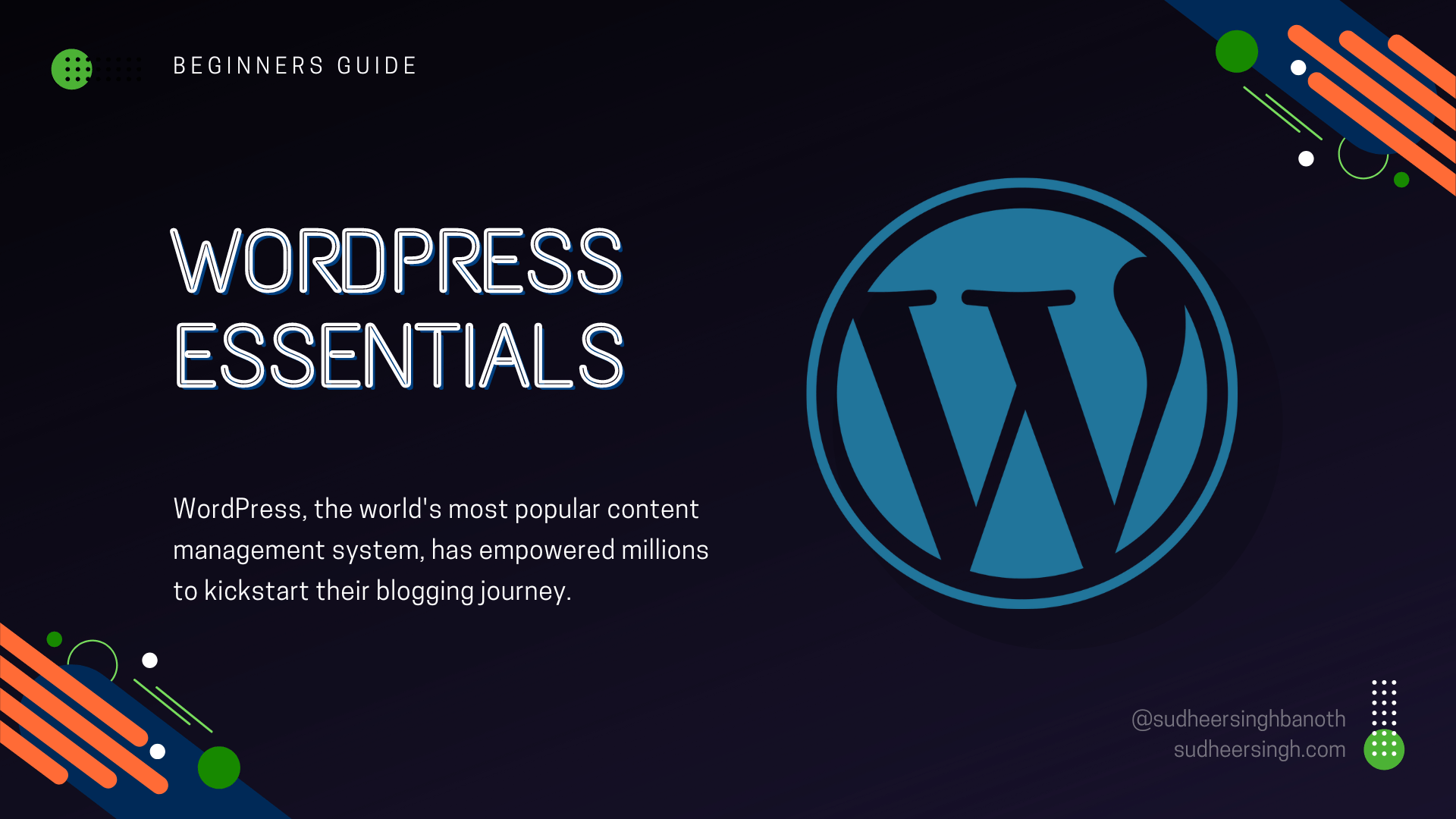Social Media Optimization in Modern Marketing

The digital era has presented businesses with a plethora of channels to connect with their target audience. One of the most prominent of these is social media, and with its rising importance comes the crucial role of Social Media Optimization (SMO). But what exactly is SMO, and how does it play a pivotal role in modern marketing strategies? Let’s delve deeper.
Understanding Social Media Optimization (SMO)
SMO, at its core, is a process that includes strategies to increase the visibility of a product, brand, or event using social media platforms, communities, and content. It’s not just about posting regular content on your business’s social media pages but also about optimizing that content for better reach, engagement, and results.
The Evolution of SMO
Historically, SMO started as a mere extension of Search Engine Optimization (SEO). The primary goal was to drive traffic from social media platforms to websites. But, as social platforms evolved, so did the objectives of SMO. It’s no longer just about traffic; it’s about creating a brand presence and ensuring the right engagement on social media platforms.
Why is SMO Crucial in Modern Marketing?
1. Expanding Reach: With billions of users across various social platforms, businesses have an opportunity to reach a wider and diverse audience. Proper SMO ensures that your content reaches the right audience at the right time.
2. Boosting Engagement: Modern consumers value engagement. They don’t just want to consume content; they want to interact with it. SMO fosters this two-way communication.
3. Improving Brand Perception: A well-optimized social media profile with high-quality content can elevate brand perception, making users more likely to trust and engage with the brand.
4. Integrating with SEO: SMO complements SEO efforts. The social signals – like shares, likes, and comments – can indirectly influence search engine ranking.
Key SMO Strategies for Modern Marketers
1. Content Creation and Curation: It’s paramount to create content that resonates with your audience. Whether it’s a blog post, video, infographic, or podcast, the content should be authentic, valuable, and shareable.
2. Engage, Don’t Just Promote: The essence of social media is engagement. Businesses need to focus on building relationships, not just pushing sales.
3. Use of Relevant Hashtags: Hashtags can significantly increase the reach of your content, connecting you with users interested in your niche.
4. Optimizing for Mobile: With a significant chunk of users accessing social media on mobile, ensuring that your content is mobile-optimized is no longer an option but a necessity.
5. Leverage User-Generated Content: Encouraging your audience to create content for your brand not only boosts engagement but also builds trust.
Challenges and the Road Ahead
While SMO presents a myriad of opportunities, it’s not devoid of challenges. The constantly changing algorithms, the surge in paid promotions, and the decreasing organic reach are some hurdles marketers often face.
However, with an agile approach that evolves with changing platform dynamics, brands can ensure that their SMO efforts drive tangible results. As AI and machine learning continue to permeate social platforms, the road ahead for SMO looks promising, with more personalization and better engagement opportunities.
Conclusion
The role of SMO in modern marketing is undeniable. It acts as a bridge that connects brands with their target audience in the most authentic way possible. With the right strategies in place, SMO can propel a brand to digital success, fostering not just visibility but meaningful engagements. In a world where digital noise is ever-increasing, SMO ensures that your voice is heard, loud and clear.



